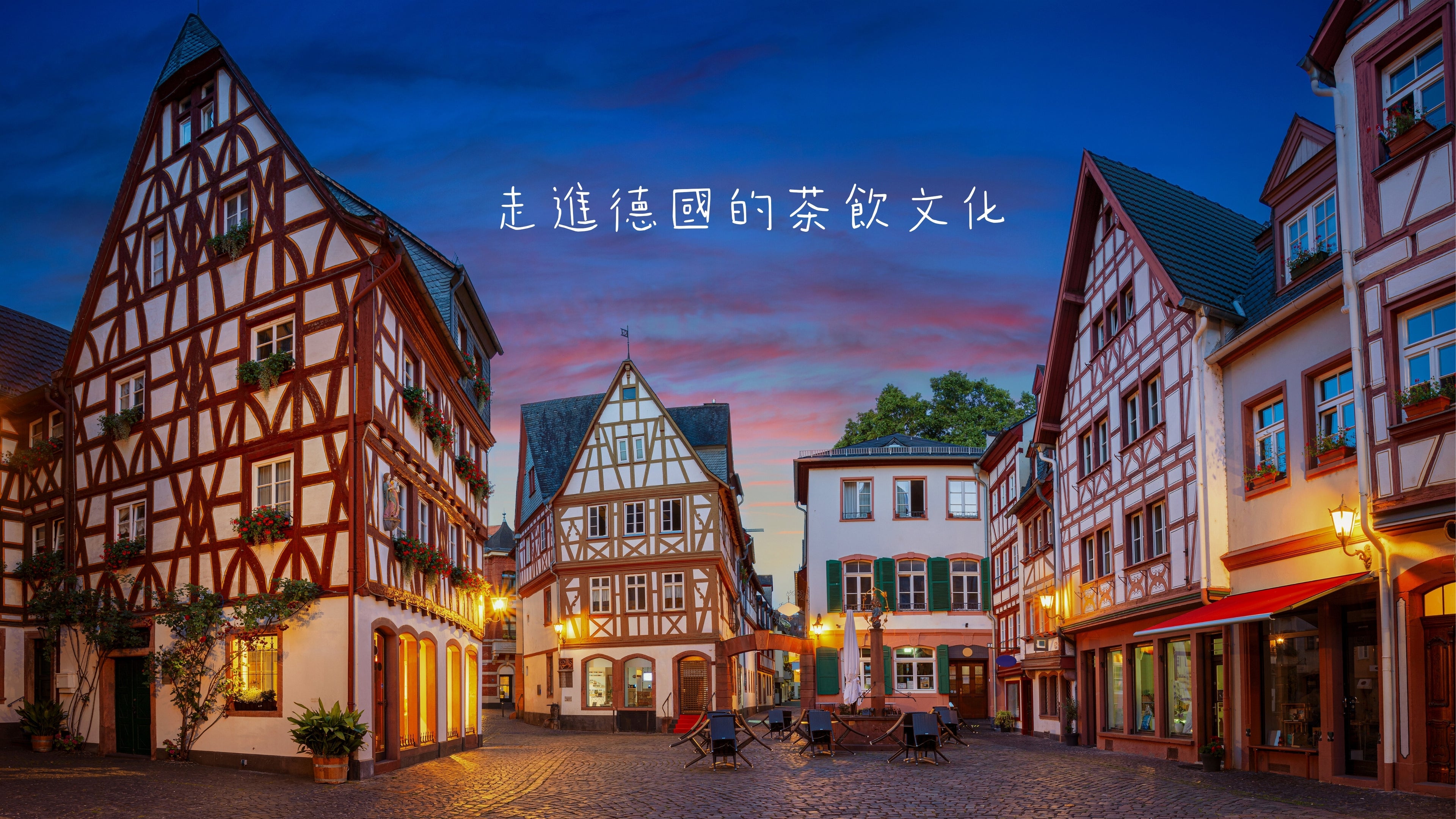
Germans have a unique beverage selection, particularly when it comes to floral and fruit teas. They have a special fondness for this tea, and a large quantity is produced domestically. However, German floral tea differs significantly from the familiar floral tea. In most cultures, floral tea is typically based on green, black, or oolong tea, infused with flowers like jasmine and rose, and scented using a specialized technique. In contrast, German floral teas are primarily based on various flower petals, supplemented with fruits like dried apples and hawthorn. Therefore, despite the name "floral tea," it's truly "flowers without the tea," making it a unique and distinctive tea.
When enjoying flower and fruit tea, Germans like to add rock sugar to balance the sour taste of the petals, making the drink more mellow and delicious. This unique drinking habit fully demonstrates the Germans' exquisite pursuit of beverage flavor.
German tea culture
-

Tea drinking has become a "local special forces": the cream tea craze in East Frisia
A strong sense of ritual: Locals drink tea in the order of "cream → sugar → tea", forming a layered "tea cloud". They stir the tea only after taking the last sip. Violating the steps will be regarded as a newbie from outside the area.
The amount of tea consumed is astonishing: in this small region in northern Germany, the average person drinks 300 liters of tea per year (the national average is only 28 liters). Every household uses a giant ceramic teapot, which is jokingly called "teapot bigger than dog".
-

Herbal tea is the essence! The German botanist's soul
The king of mix-and-match: German tea factories are like perfume laboratories, creating crazy combinations of mint, elderflower, dried apples, rose hips, etc. Even black tea can be added with vanilla to make it "dessert style".
Drink tea scientifically: Herbal tea (Kräutertee) and fruit tea (Früchtetee) are regarded as health drinks. Tea counters in supermarkets are like pharmacies, with labels indicating functions such as "sleep aid", "digestion" and "refreshing".
-

Bonus Trivia
Anti-Coffee Revolt: In the 18th century, the King of Prussia banned coffee and promoted beer. People protested by drinking tea instead, which led to the creation of German tea culture.
Century-old tea factory craftsmanship
-

1. Raw material source and inspection
- All raw materials are sourced from premium production areas around the world.
- Strict quality requirements ensure the stability of each batch.
- All raw material suppliers must comply with EU standards.
-

2. Selection and cutting
- Professional blenders blend according to the characteristics and taste of various raw materials.
- Standardized tea base indicators ensure consistency in taste.
- Advanced technologies such as laser screening are used to ensure food safety and hygiene levels.
- The cutting degree is flexible to adapt to different scenarios and packaging needs.
- Professional blenders blend according to the characteristics and taste of various raw materials.
-

3. Blending
- The blender professionally blends the ingredients based on their characteristics to ensure the harmony of flavors.
- Maintaining consistency in taste through standardized indicators.
- Advanced technology ensures food safety and hygiene.
-

4. Fragrance
- In terms of fragrance technology, the German flower and fruit tea industry is in a leading position and has independent intellectual property rights.
- The unique aroma solidification and fusion technology can keep the aroma long-lasting and rich after multiple brewing.
- In terms of fragrance technology, the German flower and fruit tea industry is in a leading position and has independent intellectual property rights.







